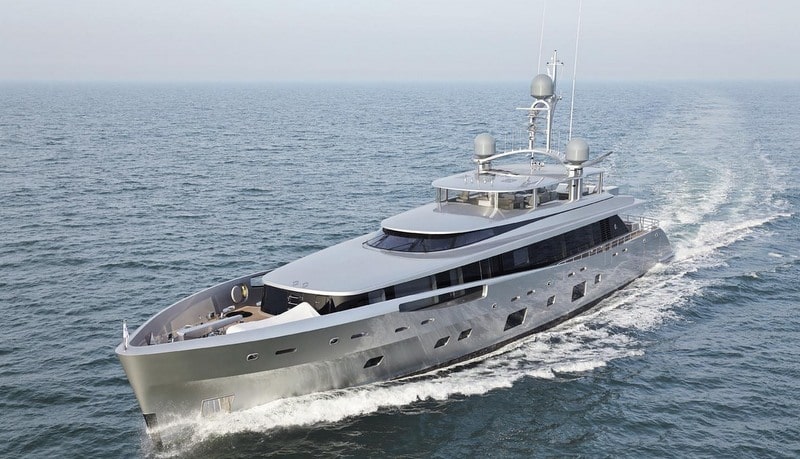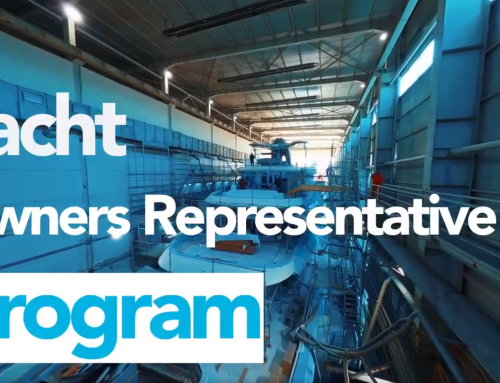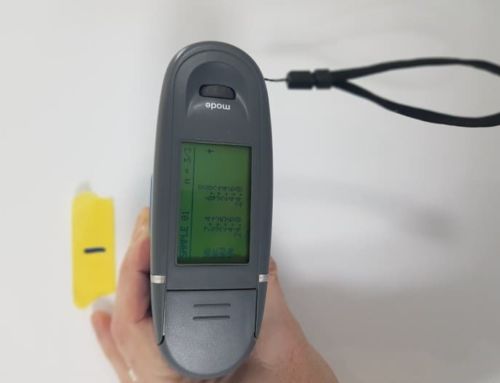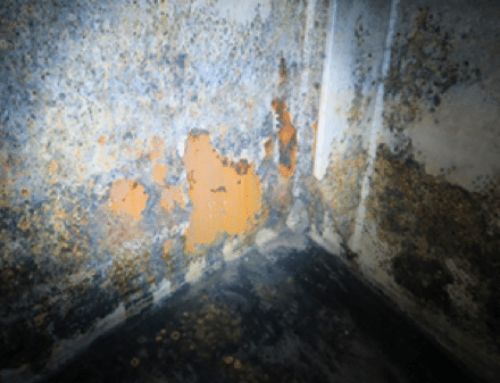As a paint consultancy expert I am continually surprised by the number of both newbuild and refit projects CCS encounters for which no pre-agreed paintwork acceptance criteria have been stipulated before the work begins. In such cases conflict becomes almost inevitable.
Article by Paul Bournas
The absence of an acceptance criteria document leaves the door open to subjective disputes between the vessel’s owner (or its captain/management company) and the shipyard/contractor when the time comes to accept or reject newly painted surfaces. In a worst-case scenario this can lead to a situation in which the owner’s representative is unable to effectively challenge sub-standard paintwork when the contractor insists that the finish is of ‘superyacht standard’.
In many cases we are then contacted, in our capacity as independent paint consultants, and asked to mediate between the contractor and the vessel’s owner in an attempt to resolve the dispute. Although this generates business for us it is an unsatisfactory outcome for all involved. Moreover, it is completely unnecessary as a set of pre-agreed acceptance criteria can be easily drafted and negotiated in advance. This ensures that all parties are on the same page throughout the project and, most importantly, when the time comes to inspect and approve the end results.
ITEMS COVERED BY AN ACCEPTANCE CRITERIA DOCUMENT
Typically, the following parameters are incorporated in an acceptance criteria document:
- Sections that are considered low visibility areas (LVAs) and high visibility areas (HVAs). HVAs are those that are most often seen close-up by owners and their guests, while LVAs are typically seen only by crew members. Different sets of acceptance criteria usually apply to LVAs and HVAs with those for HVAs being, for obvious reasons, more stringent. Once determined, the locations of LVAs/HVAs can be marked on a general arrangement (GA). In addition, different sets of requirements can be agreed upon for horizontal and vertical surfaces.
- Requirements in terms of gloss, including the measurement method and instrument to be used.
- Acceptance of runs and sags in the paint. When and where paint sags are acceptable, if at all.
- When and where buffing is allowed, if at all. Some acceptance criteria documents contain clauses which stipulate that buffing should take place only under the direction of the owner’s representative. In other cases, buffing may be permitted in certain areas,due to the nature of the paint system (acrylic urethane topcoat) or to minimise the visibility of cut lines.
- Requirements in terms of dry film thickness (DFT). DFT levels per paint layer are prescribed by the paint manufacturer but the nature of spray application means that there will always be isolated areas with low or high DFT. It is therefore necessary to agree upon acceptable margin levels of DFT variations.
- Fairness requirements, such as the maximum tolerable long deflection over a certain surface length.
- Colour matching. The maximum acceptable variation in shade of colour expressed in Delta CIELAB.
- Cut lines. Quality requirements in terms of cut lines, such as paint creep and flaking. Please note that the locations of cut lines should be established in advance and incorporated in the paint specification.
- Embedded dust. The maximum acceptable number and size of particles per square metre.
- DOI (distinction of images), surface texture, orange peel. The average DOI levels to be achieved by the contractor, which should be comparable to the reference area or test panels provided. Again, the provision of test panels or test areas should be agreed upon in advance.
TIPS WHEN USING ACCEPTANCE CRITERIA
Standardized acceptance criteria are available and can be used. ICOMIA (International Council of International of Marine Association) have developed the most comprehensive set of paint quality requirements to date. Although the ICOMIA standard might be perfectly appropriate for run of the mill paint jobs, it most certainly falls short when exotic paint materials are used, such as metallics and pearlescent paint. The industry simply hasn’t the technology and skill to adequately measure, describe and document paint quality for such products yet.

Exotic paint materials are still difficult to adequately assess and measure. Standard acceptance criteria documents will not suffice when such products are specified.
Another thing that needs to be kept in mind is that the ICOMIA standard is not that rigorous nor ambitious. Although the requirements should be perfectly achievable by the shipyard/contractor, speeding up the painting process, one must ask him/herself whether painting to the ICOMIA standard is aiming high enough?
Sometimes shipyards will attempt to impose their own acceptance criteria. This set of requirements, although better than nothing, might not be suitable for your particular project. It is therefore prudent to thoroughly check these parameters and have an independent consultant run through the documentation. We have seen on numerous occasions that acceptance criteria developed by shipyard are open to interpretation and poorly described. Reading and understanding acceptance criteria should not be rocket science, but the reality is that sometimes it is!
The drafting of acceptance criteria also goes hand in hand with ensuring that all the necessary paperwork and documentation are in place. Obvious examples include the paint specification (which contains information about the paint systems to be used, work procedures and acceptable workmanship) and the scope of work (comprehensive information on the work to be carried out). Having all this paperwork in place is part of what CCS likes to call ‘prevention, not cure’.The minimal amount of time and money spent on working with a paint consultant to produce this documentation inevitably leads to better results and less time caught up in disputes with the shipyard and contractor.
WIN-WIN
A further benefit well worth bringing into the equation is the fact that,as the client,you are giving the shipyard and contractor a watertight set of requirements to which to work. Knowing what is expected keeps contractors on their toes, promoting a higher standard of work. Moreover, no time is wasted presenting sub-standard areas for acceptance and more time is spent on reworking areas until they comply with the pre-agreed acceptance criteria. It’s a win-win situation for all concerned.
Paul Bournas is the new managing director of CCS Yacht Coating Services, following in the footsteps of the former owner Joop Ellenbroek. Before becoming a paint consultant he spent over two decades in commercial and general management roles at various coatings and chemical companies. A passionate yachtsman, Paul has sailed at the highest competitive level for many years.



